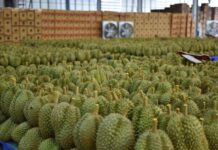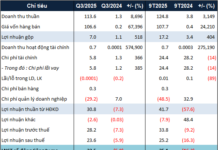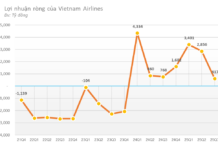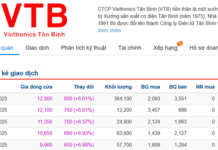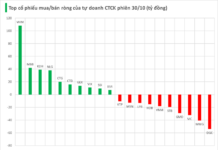VEAM Auction: A Successful Strategy to Clear Inventory
On September 5th, in Thanh Hoa, Vietnam, a notable auction took place. The Vietnam Auction Joint Stock Company conducted an auction of 207 lots of vehicles produced by VEAM Motor, a subsidiary of the Vietnam Engine and Agricultural Machinery Corporation (VEAM). This was the 8th time VEAM has held an auction to clear its inventory.
VEAM’s Growth Targets and Inventory Clearance: At the annual general meeting of shareholders on June 20, 2025, VEAM set ambitious targets with a consolidated revenue of VND 7,140 billion and profit after tax of VND 6,330 billion, aiming for a profit rate of nearly 48% on equity. To achieve these goals, VEAM focused not only on accelerating production and business operations but also on addressing the long-standing issue of automobile inventory.
As of August 2025, VEAM Motor’s factory still held 2,074 vehicles in stock. This was attributed to a combination of factors, including high design capacity coupled with low consumption, significant depreciation charges, the transition from Euro 2 to Euro 4 emission standards, and intense competition from established brands such as Hyundai, Kia, and Hino.
Innovative Approach to Enhance Competitiveness: VEAM adopted a novel approach for the September 5th auction, differing from the previous seven auctions. They implemented a new strategy in line with amended legal regulations, involving dividing the lots into smaller groups of 1-5 vehicles, significantly adjusting the starting prices, and expanding the pool of participants to include not just dealers and businesses but also individual customers. This policy enhanced accessibility and intensified competition.
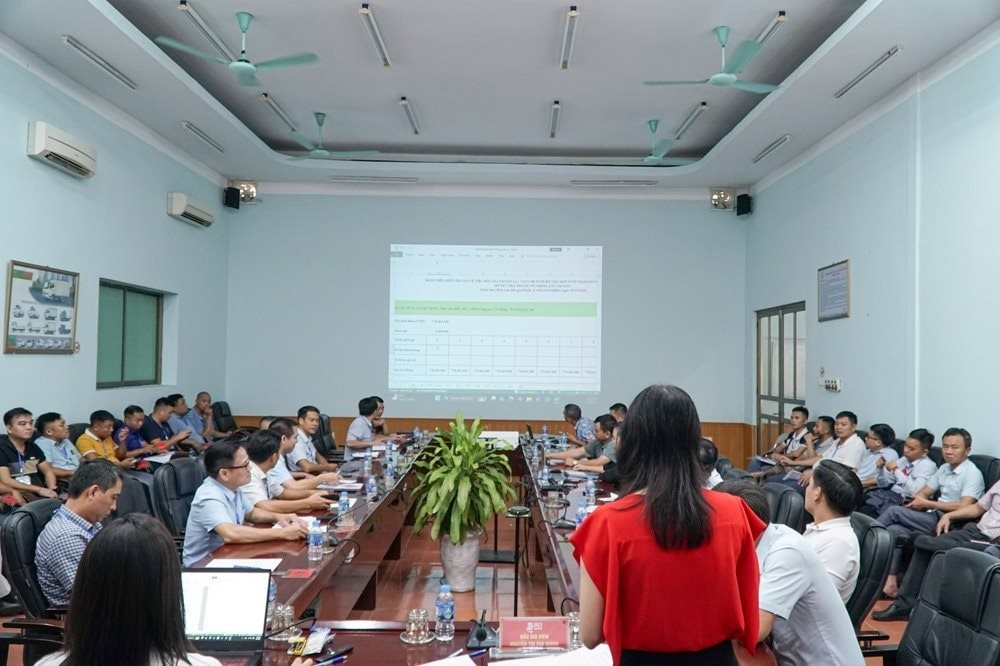
VEAM’s successful auction strategy
The results spoke for themselves: 207 lots, equivalent to 579 vehicles, were sold, generating a remarkable revenue of VND 129.8 billion. This outcome far surpassed the previous seven auctions combined, where only 39 vehicles were sold. Following this success, VEAM’s Chairman of the Board of Directors, Ngo Khai Hoan, affirmed their focus on allocating resources to perfect their products and ensure timely delivery to customers.
About VEAM: A Legacy in Engineering and Agriculture
VEAM, established in 1990 by the Government through the merger of various mechanical and agricultural tool manufacturers, specializes in the production of mechanical engineering, engines, auto parts, automobiles, and agricultural machinery. In its initial phase, VEAM concentrated on manufacturing small diesel engines, tractors, agricultural machinery, and spare parts to support agricultural production.
In the mid-1990s, the company expanded into automobile manufacturing and assembly through joint ventures with global giants such as Toyota, Honda, and Ford, solidifying its position as a pivotal player in Vietnam’s automotive industry supply chain.
In 2016, VEAM underwent a transformation, shifting from a joint-stock company model to a joint-stock company, officially named the Vietnam Engine and Agricultural Machinery Corporation.
The Motorization of Vietnam: A Nation on the Move
A nation’s development is often reflected in its motorization rate. Vietnam is no exception, with a rapidly growing economy and a burgeoning automotive industry. The statistic speaks for itself: for every 1,000 people, there are now 63 automobiles on Vietnamese roads.
The Vietnamese automotive market holds significant growth potential from 2024 to 2030, based on the premise that a country is considered to enter the “motorization” stage when it reaches an average of over 50 cars per 1,000 inhabitants. With a population of over 90 million and a rapidly growing economy, Vietnam is poised to become a key player in the regional automotive industry. This potential has not gone unnoticed by global automakers, who are increasingly viewing Vietnam as an attractive destination for investment and expansion. As a result, the Vietnamese automotive market is expected to witness substantial development in the coming years, offering a plethora of opportunities for both local and international players.
The Domestic Auto Industry Under Threat
The imported car market is booming, and it’s outpacing the domestic automotive industry. But why are consumers increasingly opting for imported vehicles over locally-assembled cars? This intriguing trend warrants further investigation, as it could significantly impact the automotive landscape in the country.


